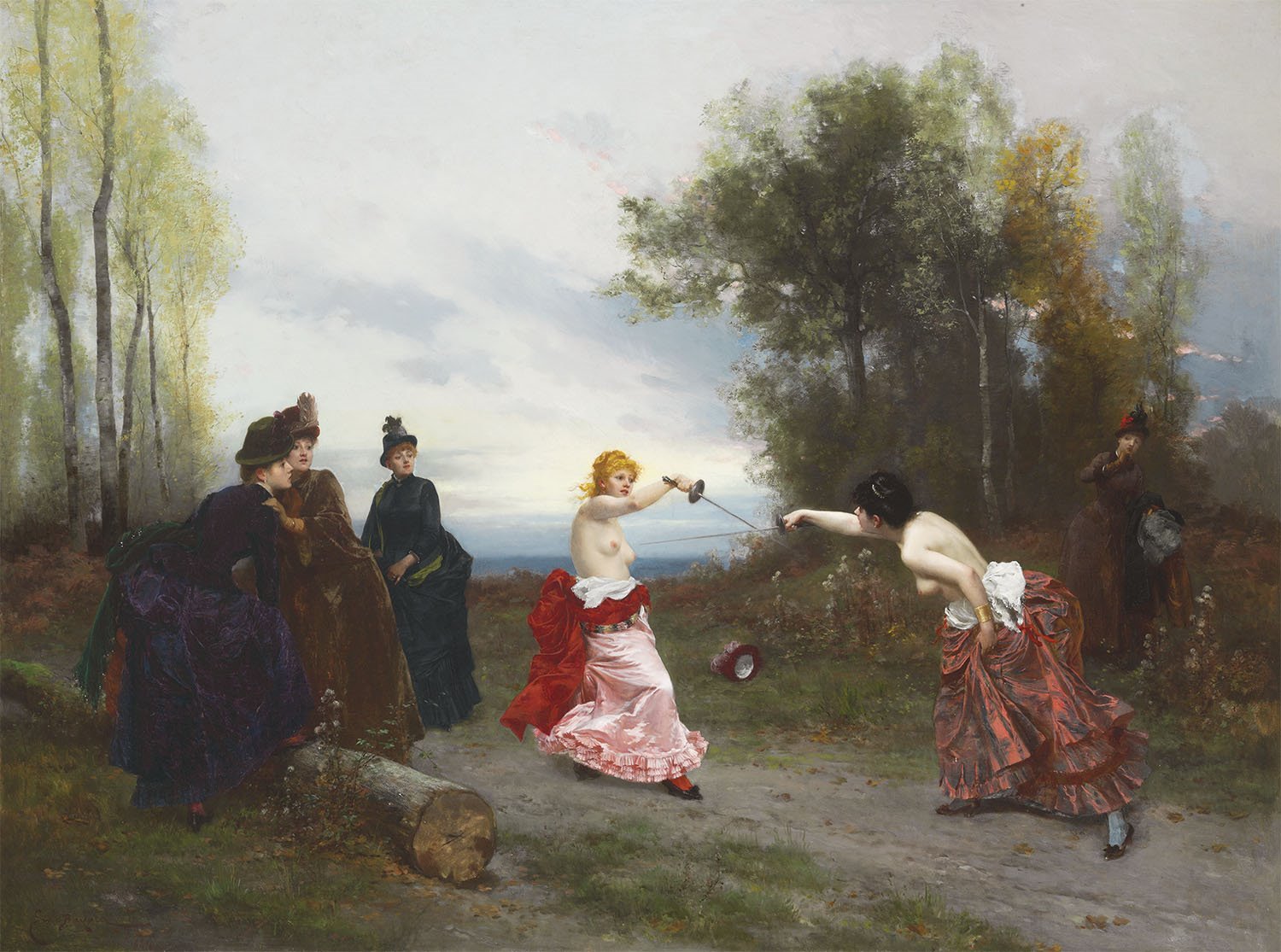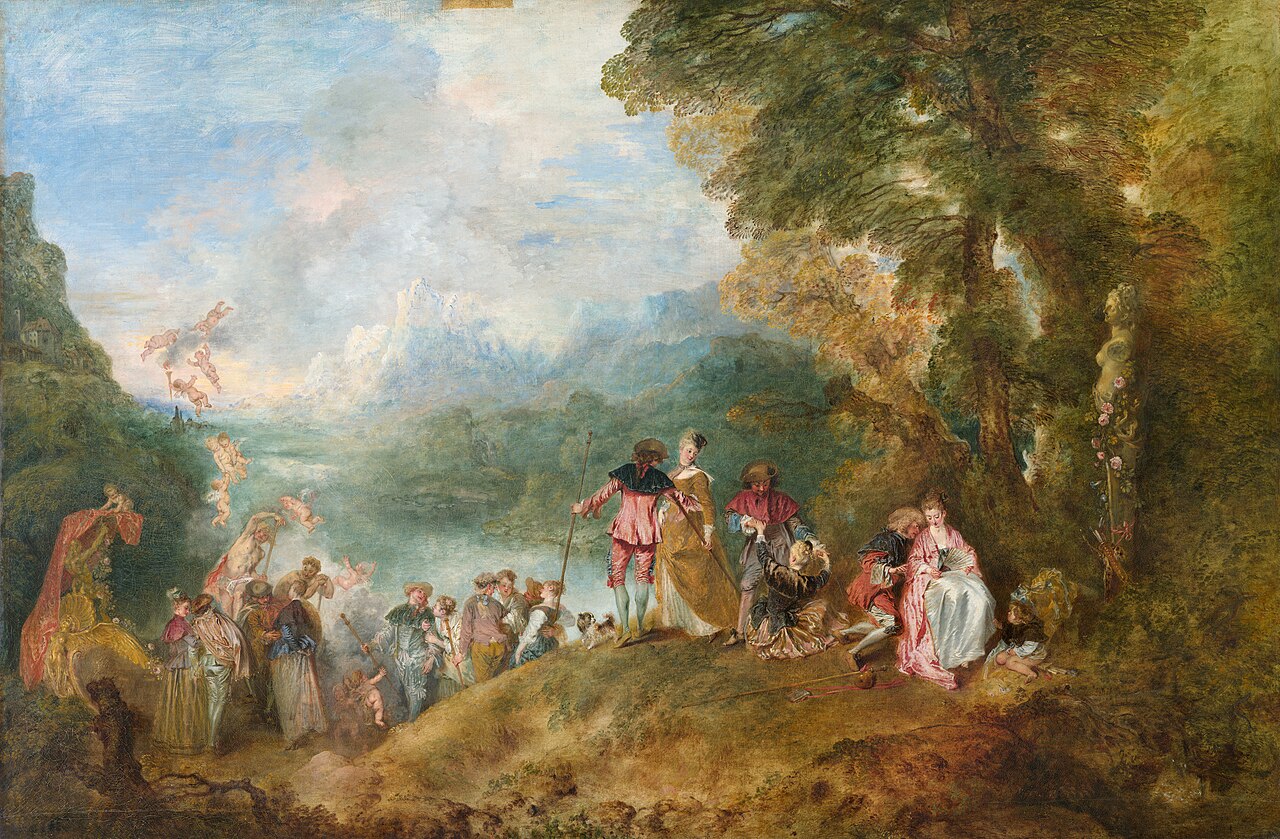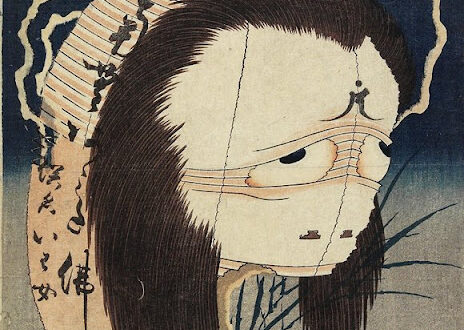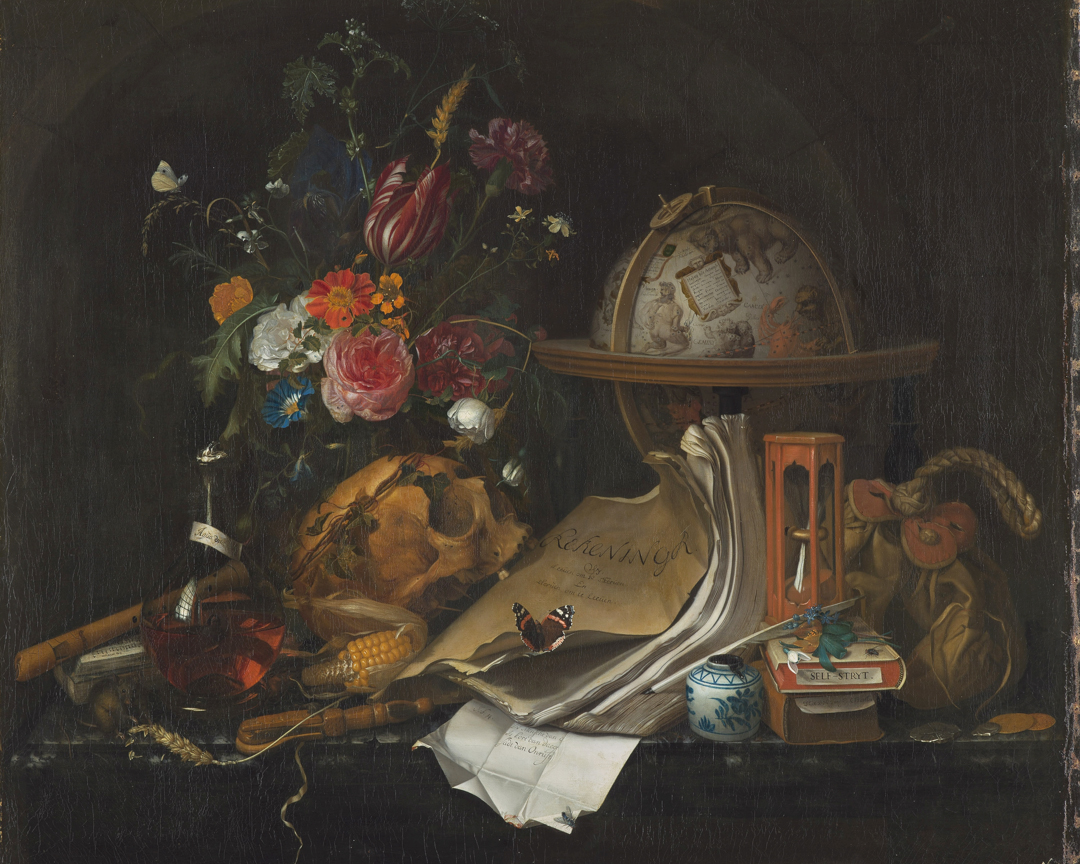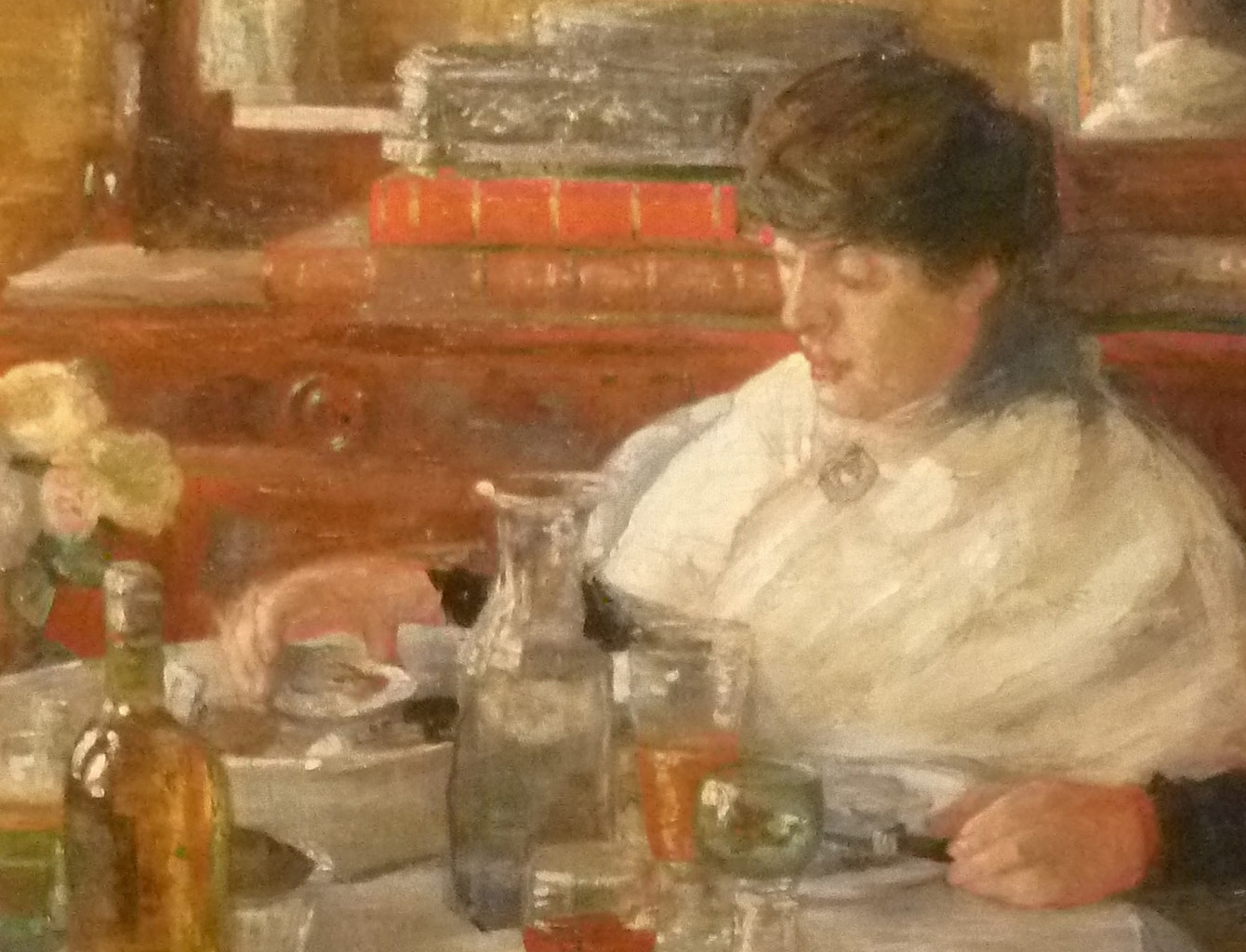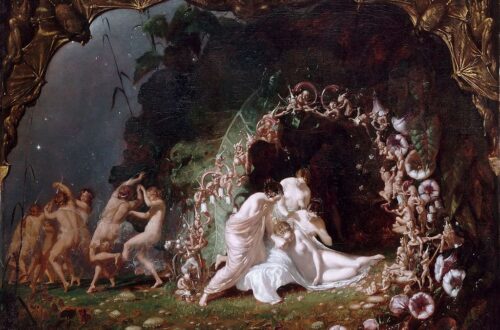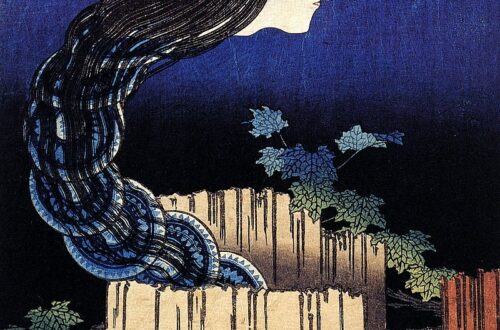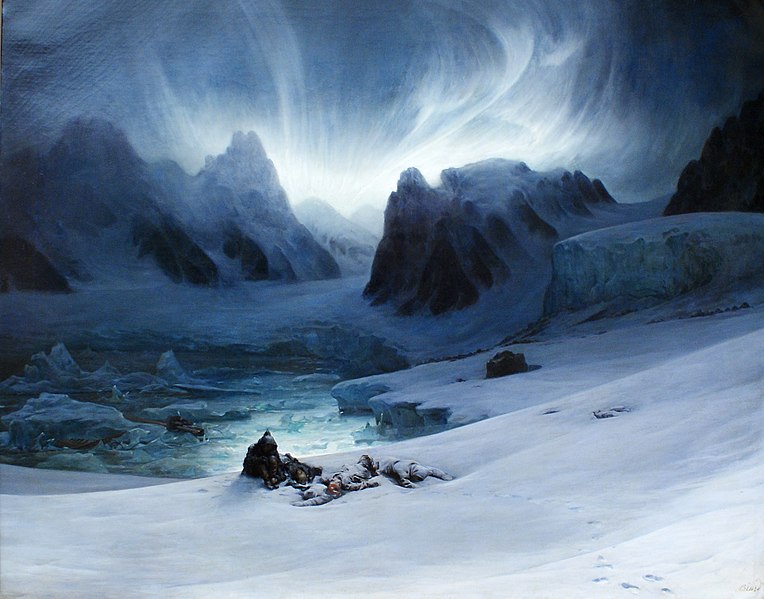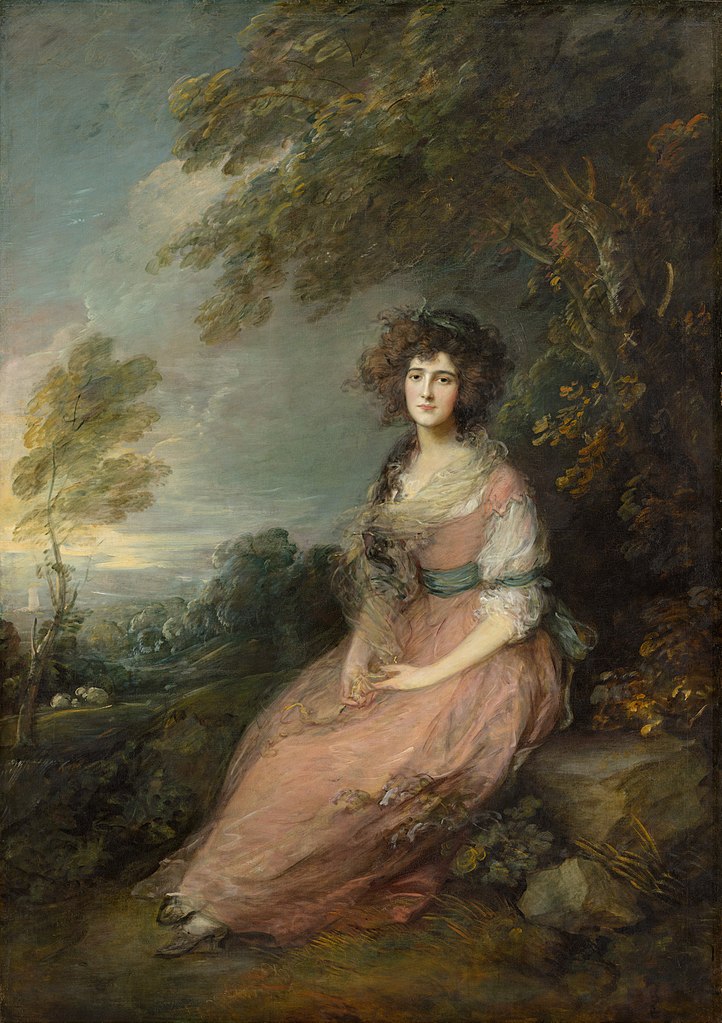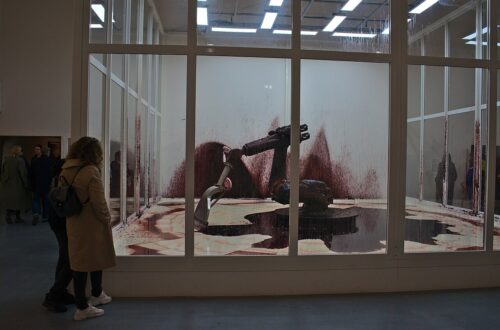-
A 100% true story of the topless shennanigans that (maybe) happened in 1892
It is August. It is hot. You are stubborn and the person you have to deal with is equally stubborn. So what do you do? What would you do if you were a noble woman in Vienna in the Fin de siècle and had an argument? Of course you would instigate a duel, right? Right? Not? I can imagine your slightly confused face that says: Sorry, what are you talking about? I am talking about a historic event that took or maybe not took place in August of 1892: I am talking about a topless duel between two Victorian era ladies which — allegedly — happened at the end of the 19th century in…
-
Maria von Oosterwijck, portrait painter of lovely flowers, Happy Birthday!
Maria van Oosterwijk (27.8.1630)* was a dutch still life painter and, because she was a woman, she could be counted as nearly forgotten painter – despite being a highly successful professional artist in the golden days of dutch painting. She never married and despite her very slow way of working, she became a wealthy woman by her own accord. Luckily she is now being more and more appreciated again. Who was Maria van Oosterwijck? She was the daughter of Jacobus van Oosterwijck (1597-1674), a minister and Adriana Lambrechts van Linschoten (1600-1636). When Maria was just six years old she lost her mother. The family moved to Voorburg where her father…
-
A game of Morra
Maybe you know the situation: You are traveling and after a while the kids become impatient and whiny because the are bored. The tablet is out of power, there is no screen, the cards are hidden in your luggage, the coloured pencils are becoming boring. To entertain them you try something new (or ancient): you could suggest a game of Morra. The only supply you need for Morra are your fingers. What is Morra? Morra is a simple but fun hand game which was very popular in the Mediterranean, and especially in Italy. It dates back thousands of years and is still played to this day. The earliest documentation of this…
-
A pineapple for a king!
Some of you might say that the subject of the pineapple has not much to do with art history. But I find the topic so whimsy and a little bit bizarre that I just couldn’t help myself. So here we are. Pineapples are pretty common today. Nothing special. But this was not always the case. Pineapples were not only a very exotic delight in centuries past, they were expensive. In fact: they were so expensive that only the rich and the noble could afford them. Around 1400, pineapples were a staple fruit of the Native American people. Christopher Columbus was the first European to encounter the fruit on his second…
-
Before the Gnome: Hermits in the Garden
Hermits in the Garden We all know and love garden gnomes. And who doesn’t love to have a cute fellow with a little red pointed hat, doing garden things and minding his business? But imagine, if those gnomes were real persons living in your garden? To you this sounds more than absurd and over-the-top eccentric? Well… yes. But, you know, they existed. Only they were not gnomes but ornamental hermits. To learn more about it, let’s go on a little time travel back into the 17th century. The change of garden style in the 17th Century At the beginning of the 17th century the ornamental baroque garden was the predominant type of…
-
The three Vedutisti: Canaletto, Canaletto, and Guardi – And what is a veduta anyway?
I am currently plagued by a condition called „Wanderlust“. It is summer. It is warm enough at my place but there is a growing desire to see new places, to escape the daily life, to relax and forget the mundane and endless cycle of work, household chores, and rising early. It is not possible at the moment so I enjoy a vicarious satisfaction by looking at paintings of places I would love to see. Mainly Venice. I don’t know why Venice in particular. Maybe because it’s beautiful? Because it resonates with me? I don’t know. (And to be completely honest: Venice in pictures and paintings is superior to being at that…
-
Elisabetta Sirani, the forgotten painter
Most of you probably know Artemisia Gentileschi. Artemisia Gentileschi was one of the few female painters in the 16th century who was highly regarded and is still well-known today. One might think that she was completely unique by being a painter in a time where women were regarded as inferior to men (and let’s be honest: they still are). But there were others: One of them was Elisabetta Sirani. Elisabetta Sirani was born in 1638 in Bologna into a family of artists and craftspeople. Her father Giovanni Andrea Sirani was an art merchant, an art teacher, but also worked in Guido Renis workshop. So naturally, Elisabetta and her two younger…
-
Thomas Gainsborough
Thomas Gainsborough was born on the 14th May 1727 and was one of the most important British artists in the second half of the 18th century. He was one of the founding members of the Royal Academy of Arts in 1769 but the relationship to the Royal Academy was not the best and he stopped sending his paintings to the Academy’s exhibitions in 1773. He was widely known for his portraits and indeed one of the most sought-after portrait painters of his time. He was always in competition with the then more famous Sir Joshua Reynolds whose paintings were a bit more conservative and less experimental than Gainsborough’s works. Gainsborough…
-
Impression Soleil Levant – the Birth of Impressionism
Perhaps you have asked yourself one or two times how the impressionist movement came to be called „Impressionism“. In fact, painter Claude Monet was directly responsible for this name. And, in fact, it was meant as an insult for the raw, quick and seemingly unfinished style of the paintings shown in the „Painters, Sculptors, Engravers etc. Inc“-exhibition of 1874 You may probably know all of this but I talk about this nevertheless. Because – why not? Claude Monets painting „Impression, Sunrise“, shows the harbour of Le Havre, a french town in the Normandy where Monet grew up. Monet left the town in 1859 but would always return for a visit.…
-
François-Auguste Biard, Magdalenefjorden, View from Gravneset, north of Svalbard
François-Auguste Biard is one of the lesser known painters of the french romanticism. So why did I chose this particular painting of all things? Well, last summer my son and I visited Paris. Of course we also paid a visit to the Louvre. My son is not particularly interested in art so he was a little bit bored. He liked the Roman and the Greek statues, adored the works of the ancient sculptors but was bored with the beautiful paintings. In his view the hype around the Mona Lisa is plain ridiculous and incredibly funny to watch – not that I would disagree with his sentiment. We walked around for…
